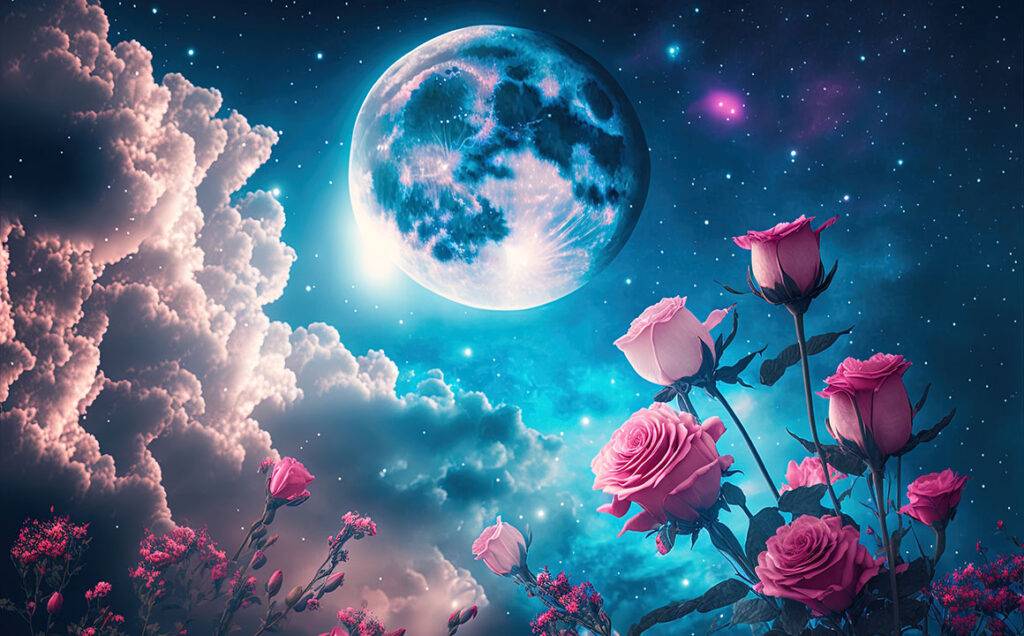Gardening is a fun and therapeutic hobby that not only helps us connect with nature and clear our minds, but it also brings us closer to the earth. Once you start growing your own plants, you’ll have a lot more appreciation for the wonders that we witness every day by mother nature. So it’s no surprise that a lot of gardeners decide to dive even deeper into their love and appreciation for the universe. One powerful way to do that is by embracing the moon. Yes, you’ve read that right — the moon. Moon gardening, also called lunar gardening, isn’t a new age trend. It’s actually an ancient practice that can help your plants thrive with the help of lunar phases. So let’s learn more about it and see how the moon can improve your green thumb.
Understanding Lunar Phases
Before we delve into the world of moon gardening, let’s familiarize ourselves with the lunar phases. The moon, our celestial companion, goes through eight distinct phases during its 29.5-day cycle. These phases include the New Moon, Waxing Crescent, First Quarter, Waxing Gibbous, Full Moon, Waning Gibbous, Third Quarter, and Waning Crescent. Each phase has its own unique energy. If you’re familiar with astronomy and astrology, you probably already know how powerful the moon’s energy is. Naturally, different moon phases also have an impact on the growth and development of our plants.
Waxing Moon
The Waxing Moon, also known as the period from the New Moon to the Full Moon, is considered a time of growth and abundance. It is the ideal phase for planting crops that produce above-ground fruits, such as tomatoes, peppers, cucumbers, and beans. During this phase, the moon’s energy is believed to be increasing, which stimulates plant growth. Plants tend to grow more vigorously, resulting in healthier and more robust harvests.
Waning Moon
On the other hand, the Waning Moon, which occurs from the Full Moon to the New Moon, is associated with reduced growth and energy moving inward. This phase is ideal for planting root crops like carrots, potatoes, onions, and radishes. As the moon wanes, it is believed that energy is concentrated in the roots, promoting strong root development and healthier underground harvests. By aligning your planting activities with the lunar phases, you can optimize your garden’s productivity.
The Importance of Lunar Gravity

One theory behind moon gardening is that lunar gravity influences the movement of fluids within plants, similar to its effect on ocean tides. During the Waxing Moon, when lunar gravity is increasing, sap rises in the plants, aiding in above-ground growth. This is an excellent time for sowing seeds, transplanting seedlings, and encouraging lush foliage. Conversely, during the Waning Moon, when lunar gravity is decreasing, sap descends towards the roots, encouraging root development. That means that this is a great period for pruning, harvesting, and focusing on the health and vitality of the roots. All of this may seem a bit confusing at first but don’t worry. Grab yourself a moon calendar, and you’ll be a pro in moon gardening in no time!

